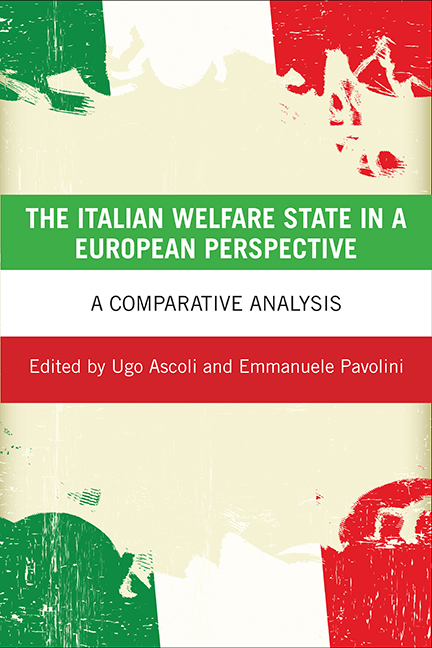twelve - Fiscal austerity and income distribution in Italy
Published online by Cambridge University Press: 08 March 2022
Summary
Introduction
The aim of this chapter is to evaluate the main effects on the incomes of Italian households of the fiscal consolidation measures that the government has introduced since the start of the Great Recession in 2008, with the objective of reducing the deficit of the public budget.
The questions addressed in this chapter can be summarised as follows:
• What is the overall distributive impact of austerity measures on the income distribution of Italian households?
• Which social and economic groups have been more affected?
• What is the relationship between the changes in income distribution over the last decade in Italy and the changes produced by the policy measures?
• When designing which measures to introduce, did the government take into account the underlying changes in income distribution during the crisis?
The second section describes the evolution of income inequality and poverty before and after the onset of the Great Recession, while the third section provides some details of the simulation method and presents the distributive effects of the austerity package on Italian households. Finally, the fourth section discusses these results and puts them in a more general context.
The distribution of income in Italy during the last decade
Italy has been one of the countries most severely affected by the global recession that started in 2008: in 2013, its gross domestic product (GDP) was still 7.5% lower than the 2008 level, while other countries have been able either to regain the pre-crisis level or to significantly reduce their losses. The recession had immediate consequences for workers, with a strong increase in the unemployment rate and in the number of layoffs. For the whole population, the employment rate fell from 58.7% in 2008 to 55.6% in 2013, while the unemployment rate rose from 6.8% to 12.4% during the same years. Labour-market conditions deteriorated in particular for younger cohorts: the employment rate of the age class 25–34 years, for example, fell from 70.1% in 2008 to 59.4% in 2013. For older workers (55–64 years of age), on the other hand, the employment rate rose from 34.4% in 2008 to 42.7% in 2013.
- Type
- Chapter
- Information
- The Italian Welfare State in a European PerspectiveA Comparative Analysis, pp. 307 - 326Publisher: Bristol University PressPrint publication year: 2015



